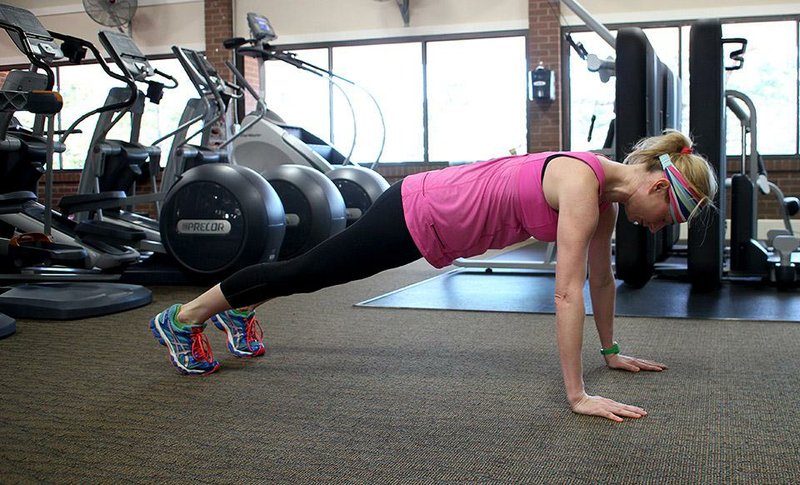The hip joint, anatomically referenced as the acetabulofemoral joint, is among the most important in the human body. Why? Because any dysfunction that develops in the hips, even on one side, dramatically impairs mobility.
This week, I'll discuss some key elements of maintaining healthy hips by tweaking your exercise program. Plus, I'll introduce a new exercise that targets this key component of the musculoskeletal system.
Safeguarding hip flexibility and strength are the two cornerstones of maintaining healthy hip joints well into one's golden years. The extreme mobility of this ball-and-socket joint makes it more susceptible to injury than other types of joint design. Therefore, hip training needs to be approached with care.
The first step is to understand the mineral integrity of each of your hip joints and to check for wear and tear. This can usually be done by your doctor with an X-ray or, in cases where there's reason to be concerned about loss of density (osteopenia), by a bone density screening. People who could be at risk for osteopenia include older women and men and very slender athletic girls. And it's possible to have wear and tear damage developing in a hip for years before symptoms show.
Adults with normal bone density levels and no previous hip injury history can move forward with more traditional training techniques.
Assuming all is well, it's time to get to work. Hip anatomy is complicated because of the extreme mobility of the joint, so training this joint is more involved than almost all others.
Among its crucial tissues, iliopsoas is comprised of the iliacus and psoas major, which together are responsible for hip flexion. These muscles work together and attach on the lumbar spine with connection at the top of the femur.
These two muscles are almost always inflexible in individuals with office jobs, simply because remaining in the seated position for long periods does not allow the iliopsoas to stretch.
Operating with a tight iliopsoas can present all sorts of problems, none of which you want to experience. So it's important to start your hip health program by stretching this muscle, along with the other hip flexors. This may be the most important key to maintaining good hip function later in life. Of course, stretching the hip extensors (gluteal group), hip rotators and hip adductors are also important.
Assuming flexibility is addressed, building strength in the hip extensors should be your next priority. These large muscles are largely responsible for hip extension during stair climbing, standing from a seated position and all sorts of daily activities. Building strength in these muscles will take pressure off the lumbar spine and vastly reduce one's risk for back injury.
This week's exercise is a great addition to a dynamic hip flexibility program, but it has the unique advantage of building hip flexor and core strength at the same time. For these reasons, the Hip Jack is a great way to warm up prior to vigorous activity.
1. Position yourself in the "up" phase of a pushup on your hands and feet. Keep your hands planted firmly on the floor.
2. Simultaneously jump both feet forward as far as you can while keeping your hands on the floor. Try to get your feet close to your hands if possible. Your hips will rise as you do this.
3. Once both feet land, jump back to the starting position.
4. Continue performing these lower-body jacks for 12 repetitions.
This exercise is easily modifiable for people of all fitness levels. For a less intense version, simply walk one foot up as far as you can and then place it back to the starting position. Then repeat this movement with the other foot. Either way, this movement should help to warm up the hips and contribute to better dynamic flexibility. Enjoy!
Matt Parrott has a doctorate in education (sport studies) and a master's in kinesiology and is certified by the American College of Sports Medicine.
vballtop@aol.com
ActiveStyle on 01/19/2015
